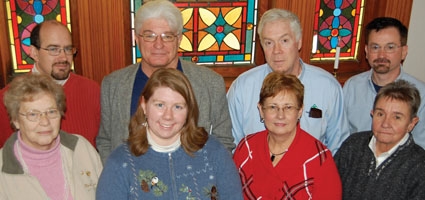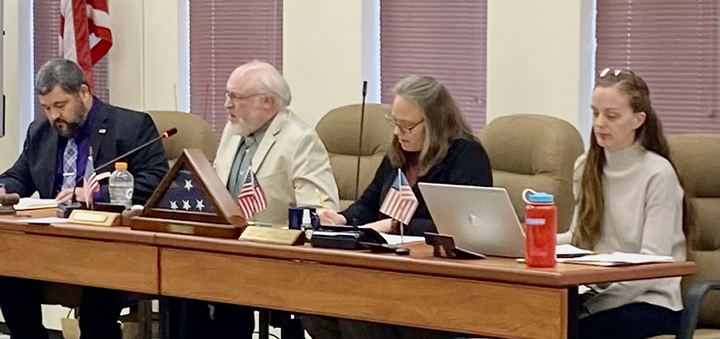Cornell Cooperative Extension reviews 2010
NORWICH – The last 12 months have been a time for growth for a local organization dedicated to providing informational and educational resources to area residents in the areas of agriculture, horticulture, natural resources, nutrition and youth development.
“We’re pretty happy with the growth that we’ve had,” reported Ken Smith, executive director of Cornell Cooperative Extension of Chenango County. For more than 90 years, CCE Chenango has offered programs and partnerships for those looking to improve their lives and their communities.
According to Smith, the goal for 2010 was to build on the organization’s strengths and grow its programs. Last month at the non-profit’s annual meeting, he reported on the progress made over the last year and the momentum they’ve built which will carry them forward. All of which he said was accomplished without spending beyond their means.
CCE Chenango’s 2010 budget totaled $1,002,177. It derives its funding through a combination of county, state and federal sources as well as through grants and other revenue sources.
“Balanced budgets aren’t easy to do these days,” said Smith, as he reported the organization was indeed “in the black.”











Comments